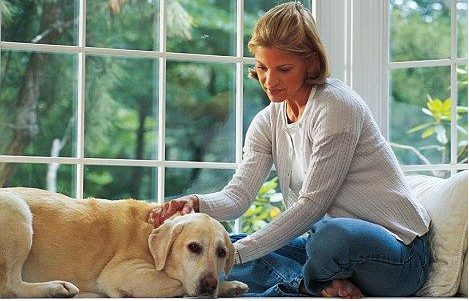In Europe, we’re known for being animal lovers, and for our enthusiasm for keeping pets. So it’s perhaps not surprising that many of us spend a lot of time wondering what our domestic animals are trying to communicate via their behaviour. If they could speak – what would they be saying?
This subject can be a source of perpetual bafflement for pet owners, not least because some of the research which comes out can be conflicting. But, recently, a string of studies has tried to interpret animal behaviour so we can aim to better understand what our pets are trying to convey to us.
Cats
A leading charity which looks after feline welfare is now claiming that, if a cat displays its stomach, that doesn’t necessarily indicate a desire for the nearest human to scratch its tummy. Rather, it’s just the way felines display a feeling of trust. In fact, one of the best ways to repay that faith is to rub your pet’s head instead. After all, cats do have a reputation for staying aloof on occasion, so petting the head rather than the belly could engender more affection. A video from the charity also states that 40% of us believe cats shed their hair on purpose to mark their territory. Once again, that’s a myth.

Rabbits
If you have a rabbit, you will probably have noticed that these animals quiver a lot, since they are used to being prey animals and so are prone to fearing the worst. One way of reducing fear is to make sure that children in particular don’t loom over these pets, or the rabbit will respond by feeling scared. Experts suggest interacting with these animals at ground level, and resisting the urge to pet them too much.
Guinea Pigs
In fact no recent studies exist for guinea pigs. However, it’s worth noting the charming term used to describe the way these creatures run around and twist in the air. No-one really knows what it signifies, but this is called “popcorning.”
Dogs
The most recent research from the University of Trento in Italy claims dogs wag their tails more to the right when they are contented, and more to the left if they are feeling sad or apprehensive. Researchers worked this out by taking video footage and then slowing it down so that these differences could be spotted by the naked eye. Of course, this work gives credence to what many canine owners claim they knew all along – that a dog can be just as subtle, sensitive and complicated as any of their human counterparts.
Clearly, given that animals can only communicate through their behaviour, which may be confusing or difficult to interpret, they can’t really tell us how they are feeling or if something is wrong. That makes getting nutrition right particularly critical. If you are looking for a good provider of online pet food and pet supplies Hill’s Pet Nutrition makes an excellent first port of call.
· Online copywriter and blogger Juliet England produces blogs and other web-based articles for a number of pet and animal-related websites, including Hills Pets Belgium.










Comments are closed.